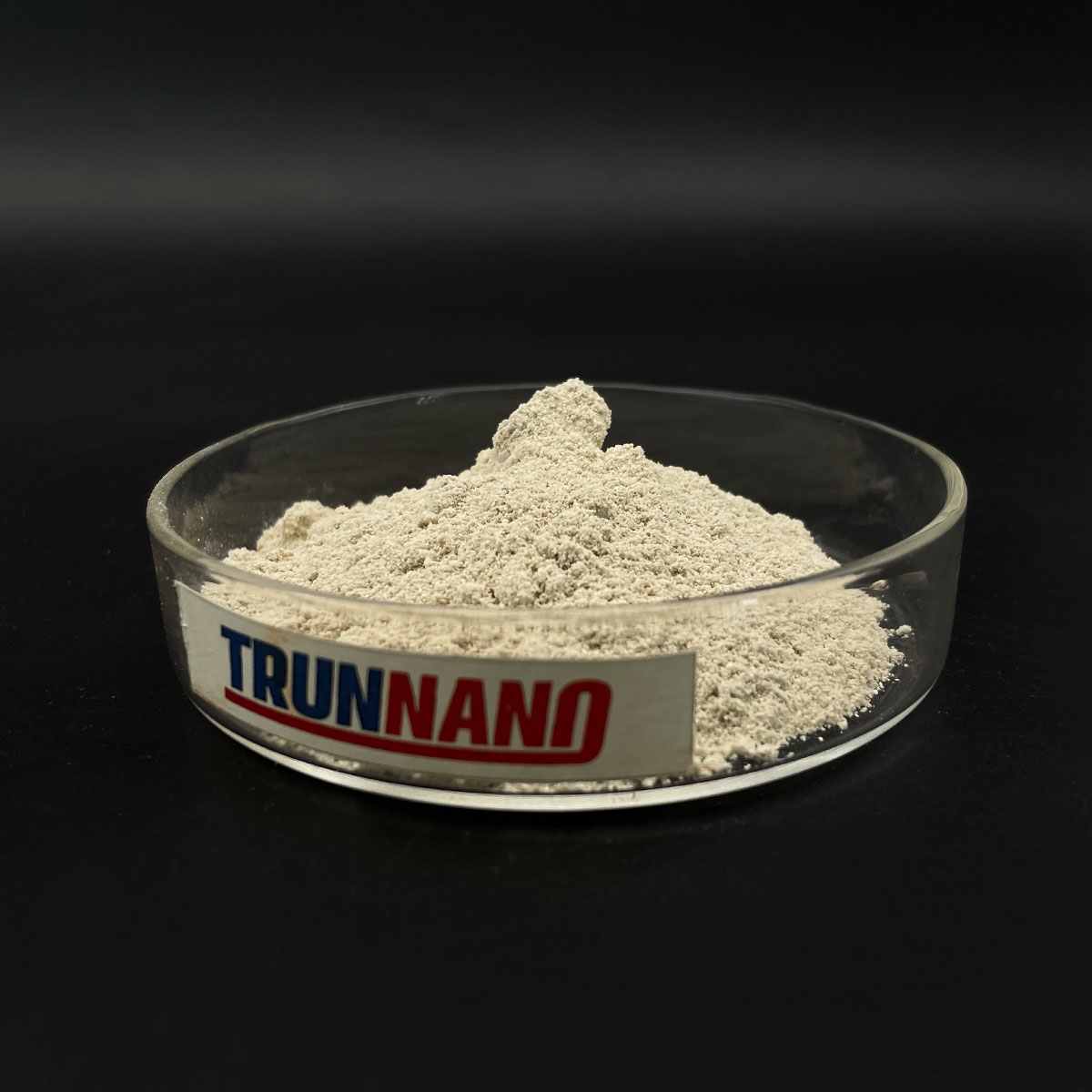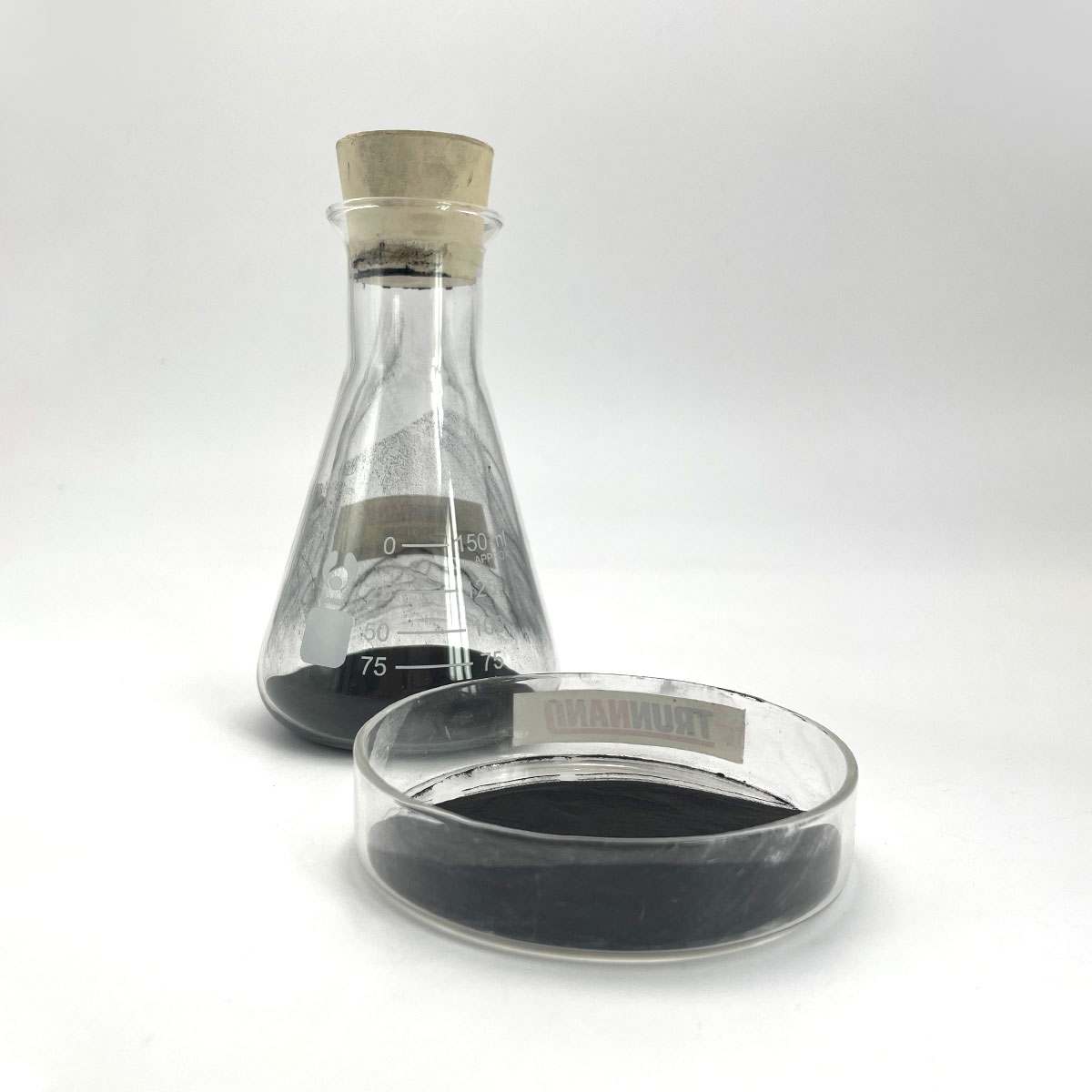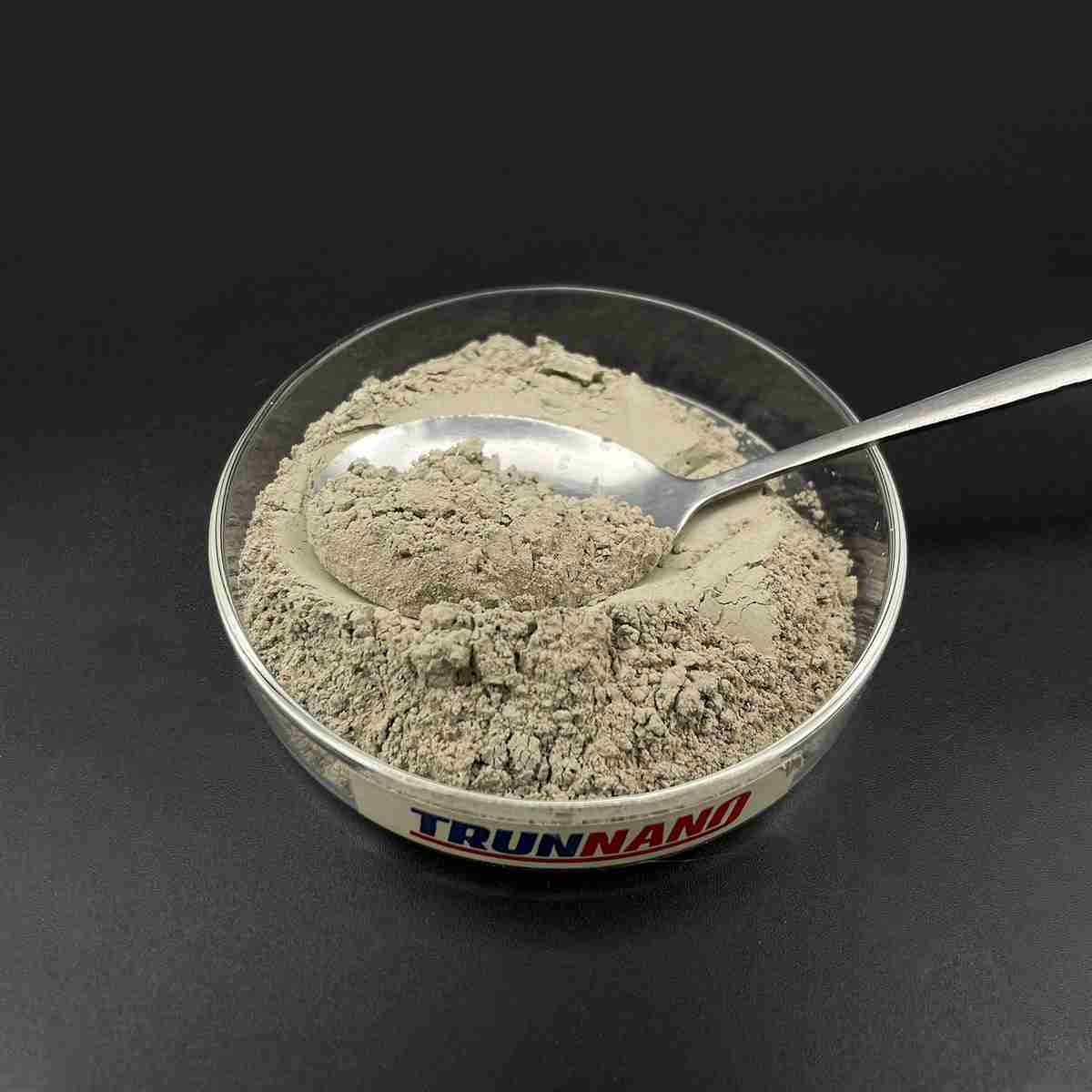Overview of Purity 4N High Quality Molybdenum Telluride CAS 12058-20-7 MoTe2 powder
Telluride and selenide compounds play a significant role in the field of semiconductors, particularly in the development of advanced electronic and optoelectronic devices. These materials belong to the chalcogenide family, characterized by their ability to form compounds with elements from groups IV-VI in the periodic table.
Tellurides: Compounds containing tellurium (Te) as the chalcogen. Examples include cadmium telluride (CdTe), mercury telluride (HgTe), and zinc telluride (ZnTe). These materials have found applications in solar cells, infrared detectors, and high-speed electronics due to their tunable bandgap, high electron mobility, and good thermal stability.
Selenides: Similar to tellurides, but with selenium (Se) replacing tellurium. Notable examples are cadmium selenide (CdSe), gallium selenide (GaSe), and zinc selenide (ZnSe). Selenide compounds are widely used in light-emitting diodes (LEDs), laser diodes, and solar cells due to their direct bandgap properties and efficient light absorption/emission capabilities.
Feature of Purity 4N High Quality Molybdenum Telluride CAS 12058-20-7 MoTe2 powder
Direct Bandgap: Many telluride and selenide semiconductors have direct bandgaps, which facilitate efficient light emission and absorption processes. This makes them suitable for optoelectronic applications such as LEDs and lasers.
Tunable Bandgap: The bandgap of these materials can be adjusted by alloying or altering the composition (e.g., CdSe to CdTe), enabling customization for specific device requirements across a wide spectrum of wavelengths.
High Electron Mobility: Materials like HgCdTe exhibit high electron mobility, which is crucial for high-speed electronic devices and low-noise detector applications.
Thermal Stability: Some tellurides and selenides, like ZnTe and ZnSe, demonstrate good thermal stability, making them suitable for high-temperature operation and processing.
Non-Toxic Alternatives: With increasing environmental concerns, there’s a push towards exploring less toxic alternatives to commonly used semiconductors. For instance, Cd-based tellurides and selenides are being replaced or combined with less toxic elements like Mg or Mn in some applications.

(Purity 4N High Quality Molybdenum Telluride CAS 12058-20-7 MoTe2 powder)
Parameters of Purity 4N High Quality Molybdenum Telluride CAS 12058-20-7 MoTe2 powder
Molybdenum Telluride (MoTe2), also known as MoTe, is a technologically advanced and highly sought-after material in the world of materials science due to its exceptional properties. With a Chemical Abstracts Service (CAS) number of 12058-20-7, it stands out among other compounds due to its 4N (99.999%) purity level, which signifies an extraordinary level of cleanliness and consistency.
Molybdenum Telluride is a binary compound formed by molybdenum (Mo) and tellurium (Te), where molybdenum atoms are bonded with tellurium atoms in a hexagonal crystal structure. This structure gives MoTe2 unique electrical, thermal, and mechanical characteristics that make it suitable for various applications, particularly in electronics, optoelectronics, and energy storage devices.
At 4N purity, the material boasts an extremely low impurity content, which significantly enhances its performance. The high purity ensures minimal contamination, enabling MoTe2 to exhibit excellent conductivity, particularly in its metallic form. This makes it ideal for use as a semiconductor or superconductor, where purity plays a crucial role in optimizing efficiency and minimizing degradation over time.
In the electronic domain, MoTe2 is recognized for its potential as a topological insulator, a material that behaves as an insulator in its bulk but has conducting surface states. These unique properties could revolutionize the field of spintronics and quantum computing by enabling faster and more secure data transfer.
In optical applications, MoTe2 thin films exhibit strong nonlinear optical effects, which are essential for ultrafast laser technologies and frequency conversion. The material’s tunable bandgap allows for precise control over its optical response, making it attractive for photodetectors and optoelectronic devices.
Furthermore, MoTe2’s high melting point (approximately 1230°C) and excellent thermal stability make it suitable for high-temperature applications, such as thermoelectric generators and heat management systems. Its Seebeck coefficient, a measure of the voltage generated per temperature difference, is also highly favorable, making it a promising candidate for thermoelectric devices that convert waste heat into electricity.
In addition to these technical merits, MoTe2’s chemical inertness and compatibility with other materials make it suitable for use in composite materials, aerospace, and nuclear industries. Its compatibility with various substrates allows for seamless integration into existing manufacturing processes.
In summary, Molybdenum Telluride with a 4N purity level (CAS 12058-20-7) is a high-quality material that showcases exceptional properties in the realms of electronics, optoelectronics, thermoelectrics, and beyond. Its superior purity ensures optimal performance, versatility, and adaptability, positioning it as a key component in the development of cutting-edge technologies for the future. As research continues to uncover new possibilities, the demand for 4N MoTe2 is expected to grow, solidifying its status as a premier material in modern science and engineering.

(Purity 4N High Quality Molybdenum Telluride CAS 12058-20-7 MoTe2 powder)
FAQ of Semiconductor Materials
Inquiry us






